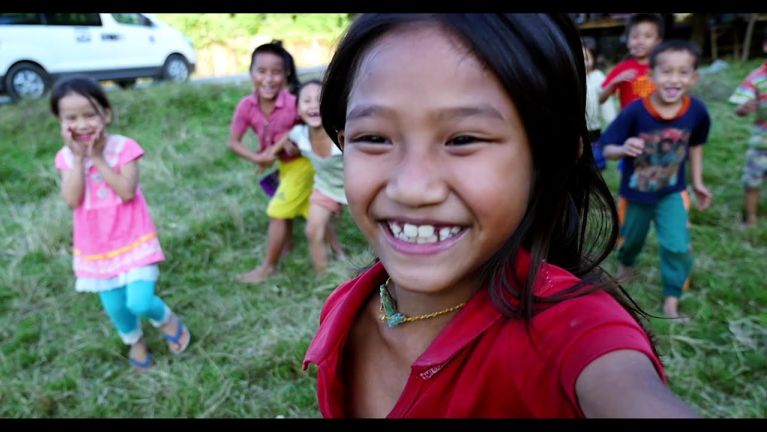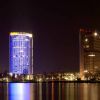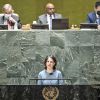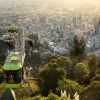Giving nature more space
The UN is fighting biodiversity loss - and the LLF, a fund set up on Germany's initiative, is supporting them.
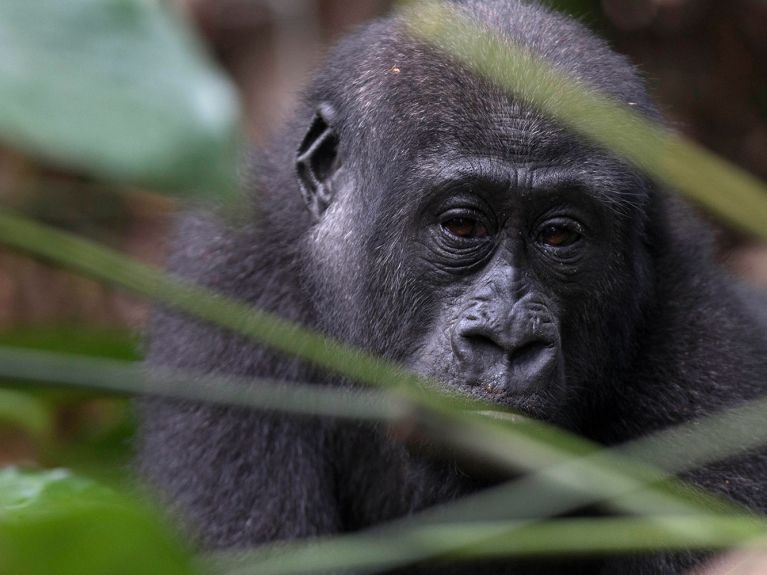
Nature is being lost at breakneck speed: according to the World Biodiversity Council (IPBES), more than half of all ecosystems have already been destroyed. Every year, about ten million hectares of forest disappear - that's more than the area of Portugal. Fifty per cent of all coral reefs have been lost, the oceans are polluted and overfished. A reversal of the trend is currently not in sight. On the contrary, according to the IPBES, one million species are threatened with extinction in the coming decades.

That is why the United Nations (UN) devotes the utmost attention to the preservation of nature in its Agenda 2030 and Sustainable Development Goals (SDGs). Germany supports these goals both politically and financially. For example, the Legacy Landscapes Fund (LLF), which was founded on Germany's initiative, helps to finance protected areas worldwide. Because one way to stop the loss is through nature reserves, since species populations can recover if they are given the space and peace to do so.
Dieses YouTube-Video kann in einem neuen Tab abgespielt werden
YouTube öffnenThird party content
We use YouTube to embed content that may collect data about your activity. Please review the details and accept the service to see this content.
Open consent formWhat is clear, however, is that nature conservation costs money and that there is a funding gap that will become even larger with more ambitious targets. According to estimates, at least 150 billion dollars are needed annually for the conservation of biodiversity. Eighty per cent of all species live on about 20 per cent of the earth’s land mass, most of which is in developing countries. There the necessary money is often lacking to manage protected areas effectively and in harmony with the interests of the population. This is why the latest version of the Global Biodiversity Framework states that new, innovative sources of funding should be developed.
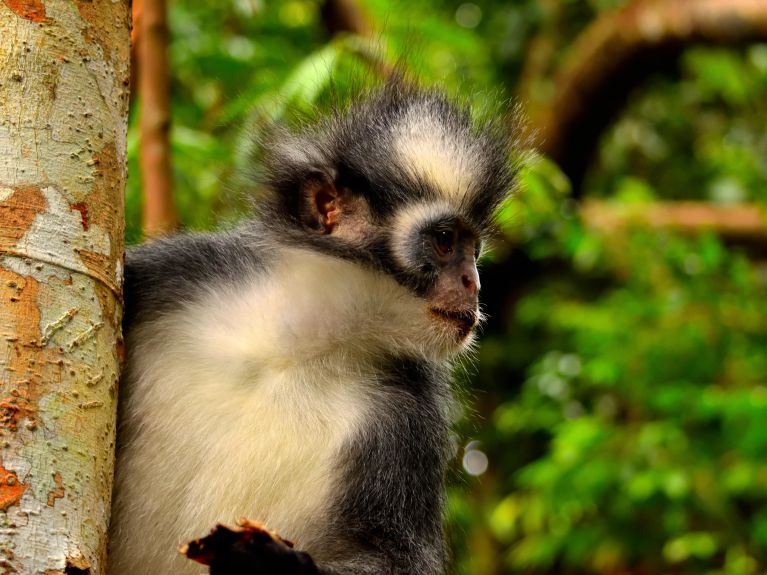
One such source is the Legacy Landscapes Fund (LLF), which the German KfW Development Bank established in 2020 by order of the German government. The idea behind the LLF: if it succeeds in preserving as many species as possible in the biodiversity-rich but low-income regions of the world, then it will have secured a significant part of biodiversity. Its goal is therefore to support at least 30 protected areas worldwide on a long term basis with one million dollars per year. This does not cover all costs, but the sum is enough for basic financing so that operations can be maintained.
What is special about the Fund is that it is supported not only by public donors such as Germany, France, Norway and Great Britain but also by companies and foundations. The Gordon and Betty Moore Foundation, the Rob Walton Foundation, the Arcadia Foundation and The Wyss Foundation are all engaged. In this way, the fund aims at amassing at least one billion dollars by 2030, which it will then manage. Currently, it has around 350 million dollars at its disposal.

The LLF is already supporting 15 pilot areas in Asia, Africa and Latin America. Stefanie Lang, head of the LFF, describes the organisation like this: "We know that nature conservation works. It safeguards species and ecosystems and helps stabilise the climate. But only with sufficient funds, well thought-out concepts and people on the ground. This is exactly what the LLF contributes to."
